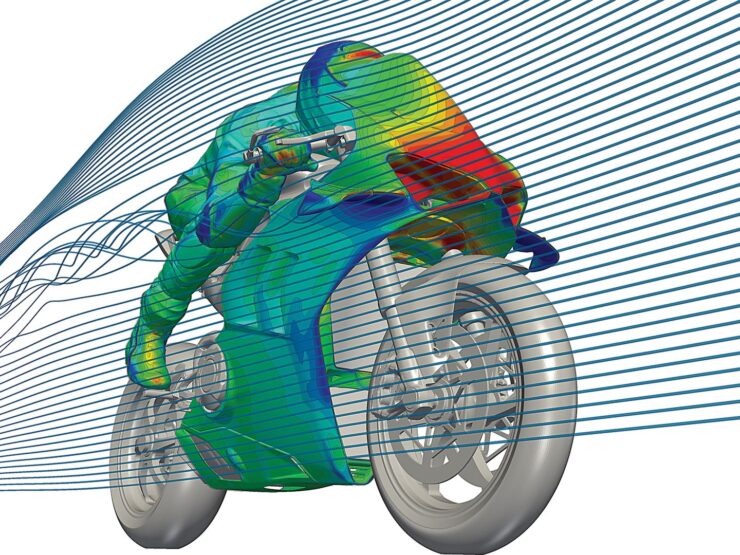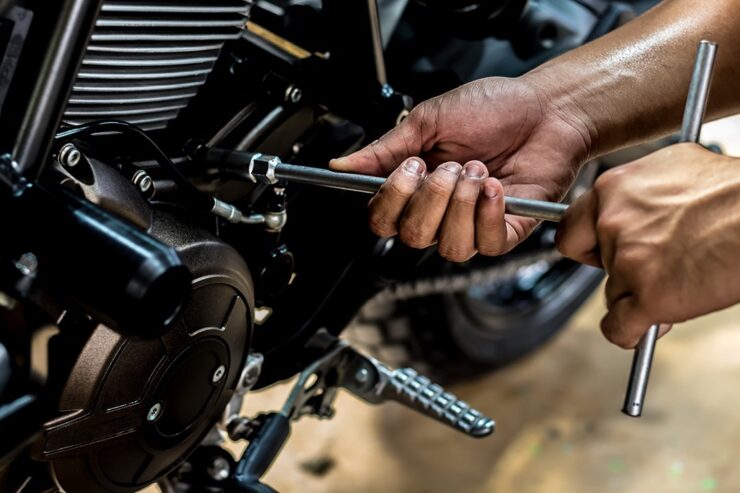Picture yourself cruising down the open road on your motorcycle, feeling the wind rush past you and the thrill of the ride. But as much as we love the freedom and excitement of motorcycling, sometimes that wind can become overwhelming. It’s not just about the thrill; it’s also about comfort and safety. That’s where motorcycle windshields come into play.
The Basics of Aerodynamics.

Aerodynamics plays a vital role in motorcycle riding. It involves the study of how air interacts with the bike and the rider. Without a windshield, you may have noticed that riding exposes you to a significant amount of wind resistance. This force, known as drag, opposes the forward motion of your bike and affects your overall riding experience. By understanding the basics of aerodynamics, we can better appreciate the impact of it on reducing drag and improving comfort.
Motorcycle Windshields: Their Purpose and Varieties

Motorcycle windshields serve a crucial purpose in creating a more comfortable and enjoyable riding experience. By redirecting airflow, they help minimize the wind’s impact on the rider, reducing fatigue, and enhancing safety. Let’s take a closer look at the different varieties and their unique characteristics.
Full windshields provide the highest level of protection against wind, debris, and other elements. They extend from the top of the headlight to a higher point above the rider’s head, creating a barrier that deflects airflow. This comprehensive coverage helps riders stay shielded from the wind and enjoy a smoother, more serene ride.
One of the key advantages of it is their ability to reduce wind noise and turbulence. By redirecting the airflow over the rider’s head and upper body, they create a pocket of calmness. This can significantly reduce fatigue during long rides, allowing riders to maintain focus and enjoy the journey.
Half windshields strike a balance between protection and visibility. As the name suggests, they cover only a portion of the front of the motorcycle, typically reaching up to the rider’s chest or shoulders. This design allows for greater visibility while still providing some protection against wind and debris.
Sport windshields are designed with performance-oriented riders in mind. They prioritize aerodynamics and often have a more streamlined shape compared to other types, as you can see at motorcyclescreens.eu/en/. They are typically shorter and more compact, minimizing drag and optimizing the bike’s overall performance.
These ones are commonly found on sport bikes and supersport motorcycles. They provide some wind protection for the rider while allowing them to maintain a sporty riding posture. Sport ones are ideal for riders who value speed, agility, and a sleek aesthetic.
Understanding Wind Flow and Design
To grasp the science, we need to delve into the world of wind flow. There are two primary types of airflow – laminar flow and turbulent flow. Laminar flow is a smooth, undisturbed stream of air, while turbulent flow is more chaotic and disrupted. The shape, size, and angle of a motorcycle windshield significantly impact the airflow patterns around the rider.
Rider Comfort

Rider comfort is essential for an enjoyable and safe riding experience. Windshields play a crucial role in enhancing rider comfort by reducing wind blast, turbulence, and noise levels. Imagine riding at high speeds without it – the wind blast can cause fatigue, destabilize the bike, and make it harder to concentrate. They shield riders from debris and insects, ensuring a more comfortable and focused ride.
Motorcycle Performance

Motorcycle windshields not only impact rider comfort but also influence overall motorcycle performance. Different windshields can affect speed, fuel efficiency, and handling. While a smaller one may improve agility and maneuverability, a larger windshield provides better protection at the cost of increased drag. Riders must strike a balance between aerodynamics and maneuverability when selecting a windshield.
Customizing to Personal Preference
One of the advantages is the ability to customize them to personal preference. Aftermarket windshields offer a range of options that cater to various riding styles, body positions, and preferences. Riders can choose taller ones for maximum coverage or shorter for a minimalist look. The customization process allows riders to find the perfect one that complements their riding experience.
Maintenance and Care Tips

To ensure optimal performance and longevity, windshields require regular maintenance and care. Proper cleaning techniques and products help keep windshields clear and scratch-free. Riders should also be aware of common issues such as fogging, rainwater beading, and replacing damaged windshields. By following simple maintenance tips, riders can enjoy clear visibility and extend the lifespan of their windshields.
The Future of Motorcycle Windshields

As technology continues to advance, the future of motorcycle windshields holds exciting possibilities. Manufacturers and designers are constantly exploring innovative ways to enhance rider experience and safety.
One exciting development is the concept of adjustable ones. Imagine being able to change the angle with a simple adjustment, allowing you to customize your airflow on the fly. This could be particularly useful when transitioning from high-speed highways to city streets, where different levels of wind protection are desired.
Integrated airflow control systems are also on the horizon. These systems would use sensors and actuators to automatically adapt the windshield’s shape and size based on factors like wind speed, rider position, and road conditions. The goal would be to maintain an optimal balance between aerodynamics and rider comfort without requiring manual adjustments.
Looking further into the future, some envision it with augmented reality (AR) capabilities. Imagine riding with a windshield that displays vital information, such as speed, navigation, and even weather updates, right in your line of sight. This would provide a seamless and convenient way for riders to access crucial data without having to look down at their instruments or take their eyes off the road.
Conclusion:
They play a significant role in enhancing rider comfort and safety. Understanding the science behind and airflow empowers riders to make informed decisions when choosing the right one for their bikes. Whether it’s reducing drag, improving performance, or customizing them to personal preference, riders can embrace the wind while enjoying the comfort and protection that they provide. As technology continues to advance, the future holds even more exciting prospects.

